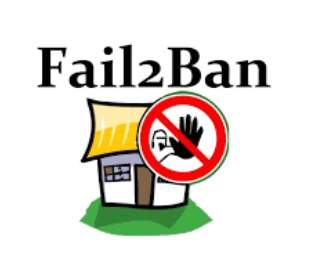Learn what to do if Fail2ban UFW is not working together. Our Server Management Support team is here to help you with your questions and concerns.
Fail2ban UFW not working | Fixed
If you have been running into trouble while getting Fail2ban and UFW to work together, you are in luck.
 According to our experts, there are several reasons behind this. Let’s take a look at some of the common issues and troubleshooting steps.
According to our experts, there are several reasons behind this. Let’s take a look at some of the common issues and troubleshooting steps.
Troubleshooting Tips
- First, we have to check if we have correctly configured the Fail2ban jail for UFW in the configuration file.
- Next, we must check log file path in the Fail2ban configuration for UFW is the same as the actual path of UFW log files.
- Then, we have to make sure that Fail2ban has read access to the UFW log file by checking the file permissions.
- At this point, we have to verify that the Fail2ban service is running with this command:
sudo systemctl status fail2banIf not, we can start it with:
sudo systemctl start fail2ban - Next, it is time to check if UFW is enabled and functioning correctly. We can check its status with:
sudo ufw statusIn case it is not active, we can enable it with:
sudo ufw enable - Furthermore, we have to confirm that Fail2ban is adding the correct rules to UFW. We can view the active UFW rules with:
sudo ufw status - Additionally, we have to check the rules added by Fail2ban to block banned IP addresses. If we do not see any, it indicates an issue.
- We have to look for issues with firewall rules or security software on the system.
- Next, we have to check if Fail2ban can correctly parse the log files generated by UFW. If the log format or pattern has changed, it prevents Fail2ban from identifying malicious activities.
- We also have to reload Fail2ban if any changes have been made to its configuration.
If the above tips did not help, our experts suggest enabling debug mode in Fail2ban to get more information about the problem. This can be done by editing the Fail2ban configuration and setting loglevel = DEBUG.
We have to restart the Fail2ban service after making changes.
Let us know in the comments which one of the above troubleshooting tips helped you get Fail2ban and UFW to work together.
[Need assistance with a different issue? Our team is available 24/7.]
Conclusion
In summary, our Support Techs demonstrated how to get get Fail2ban and UFW to work together.
PREVENT YOUR SERVER FROM CRASHING!
Never again lose customers to poor server speed! Let us help you.
Our server experts will monitor & maintain your server 24/7 so that it remains lightning fast and secure.




0 Comments